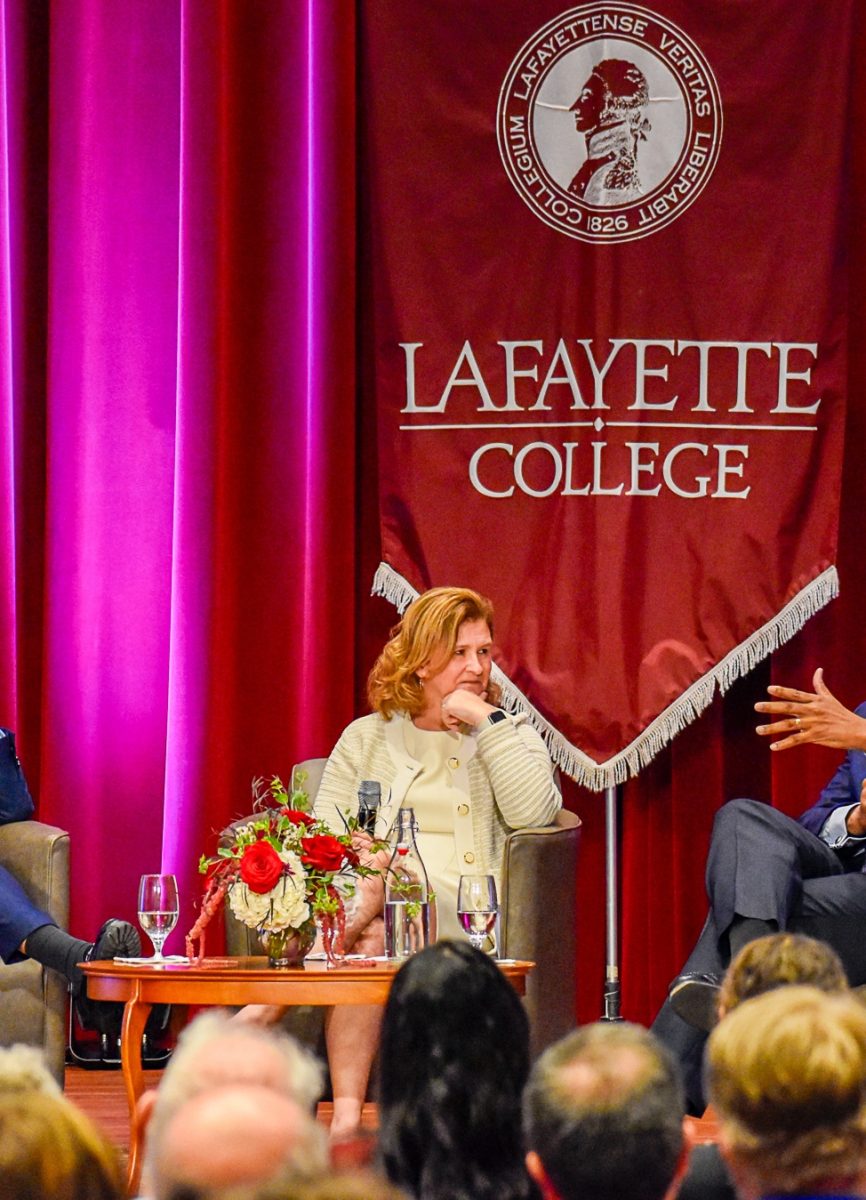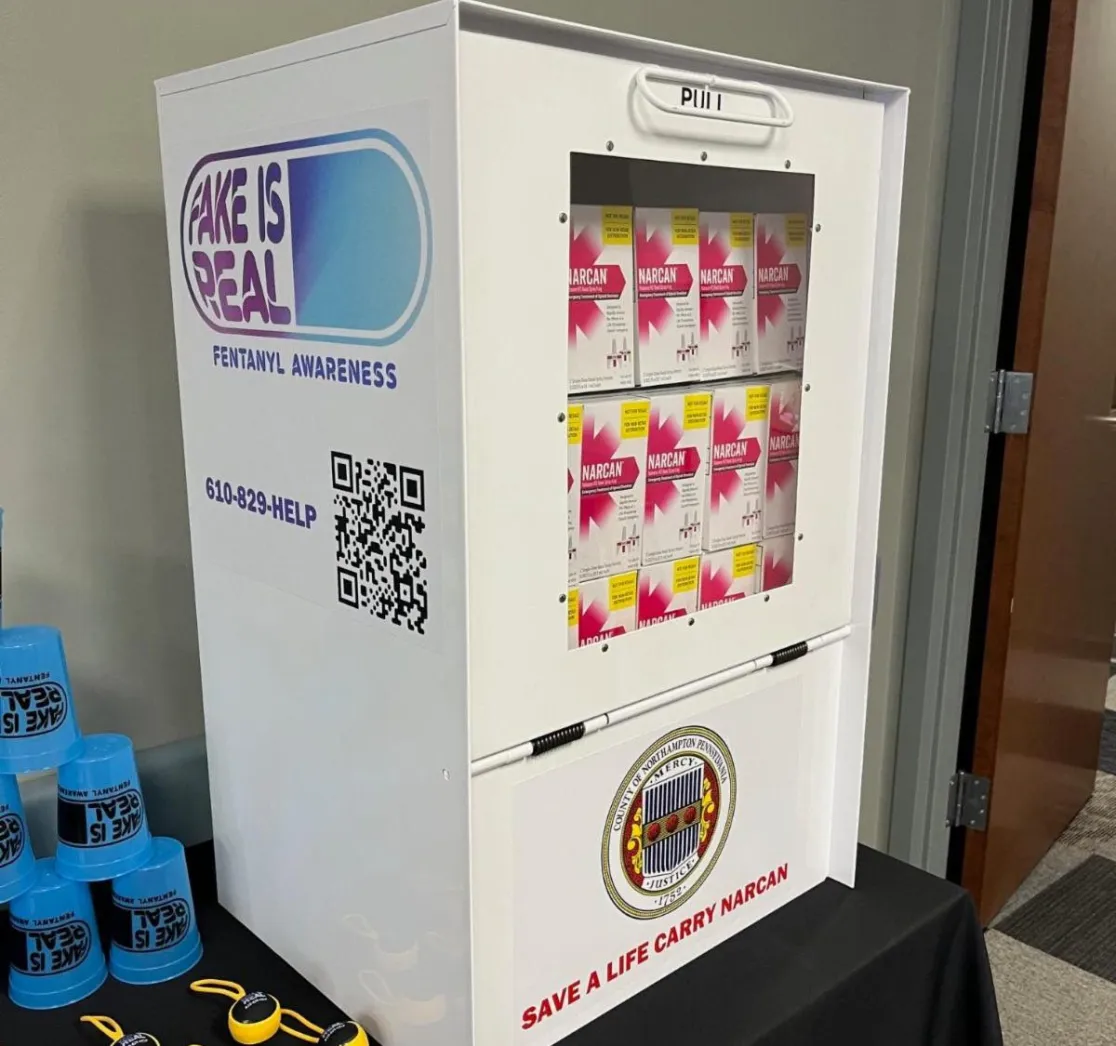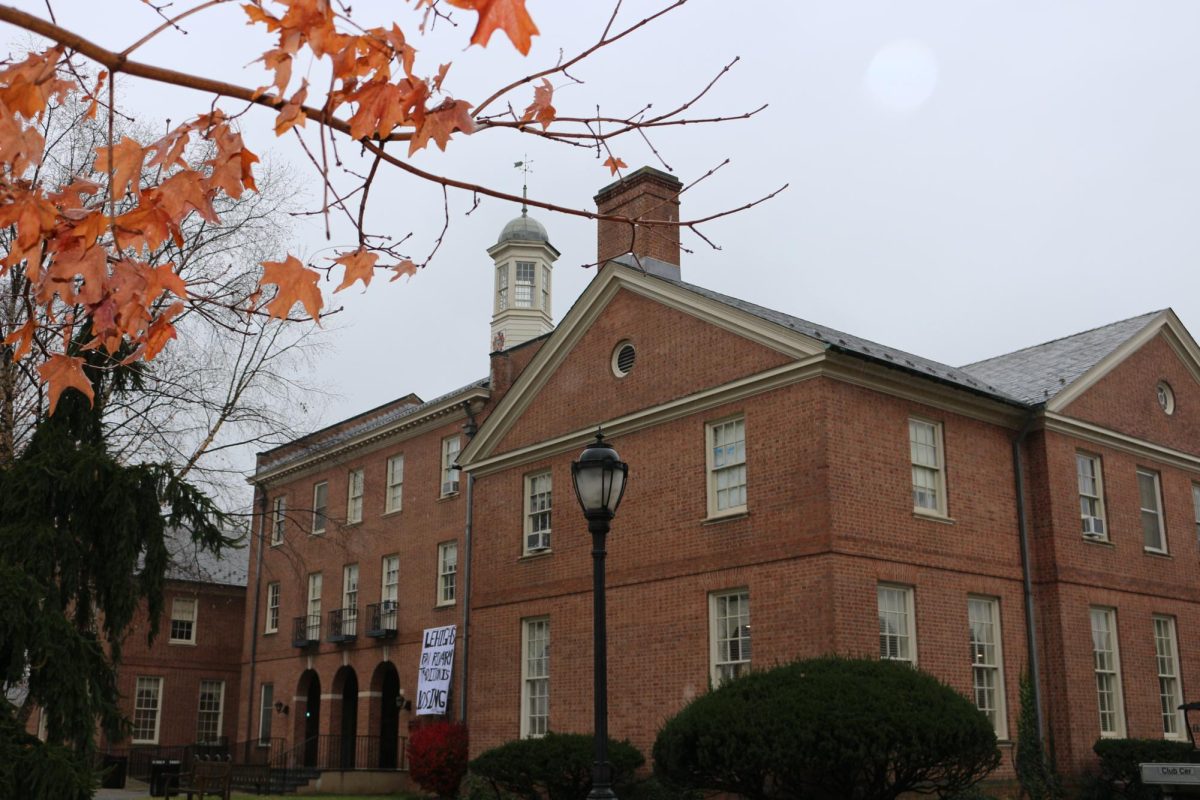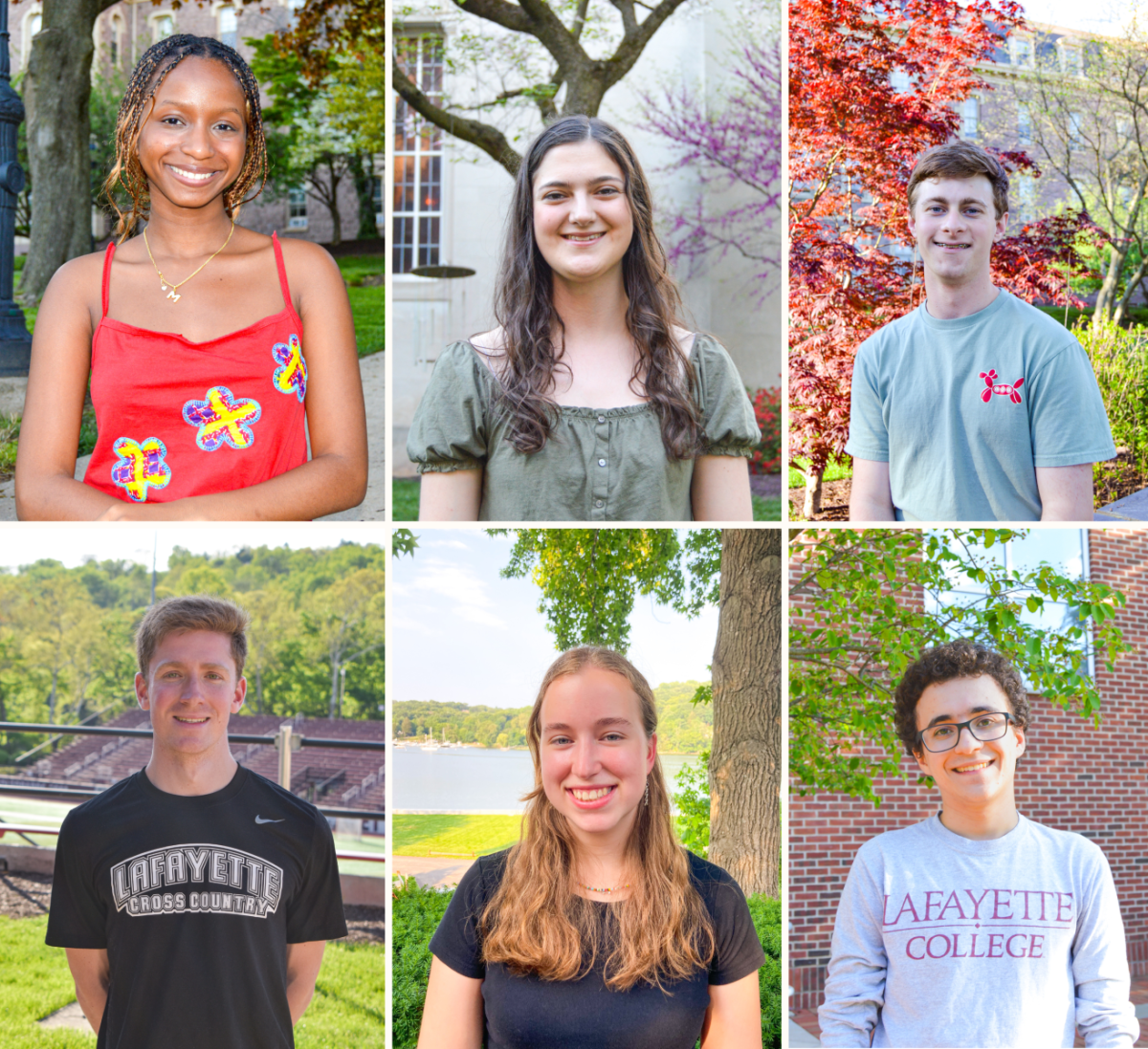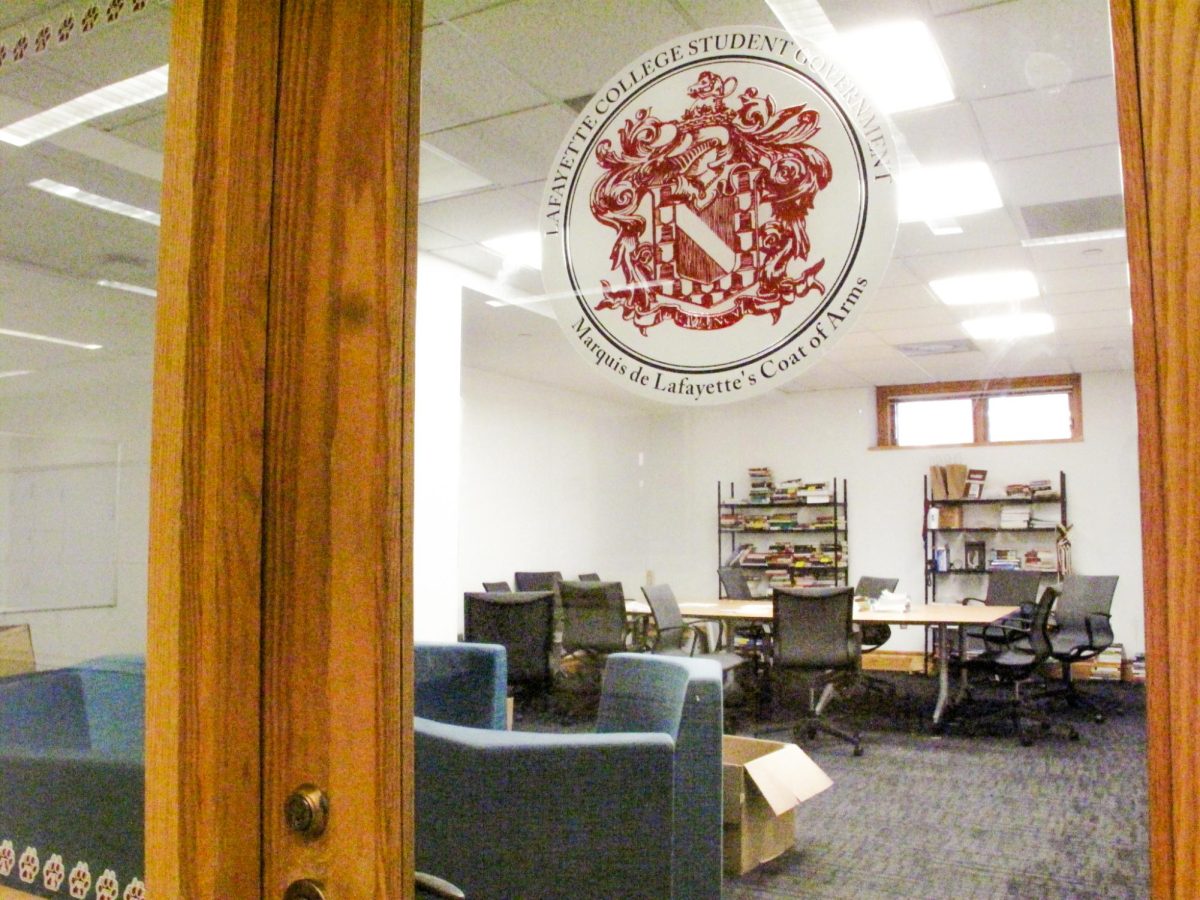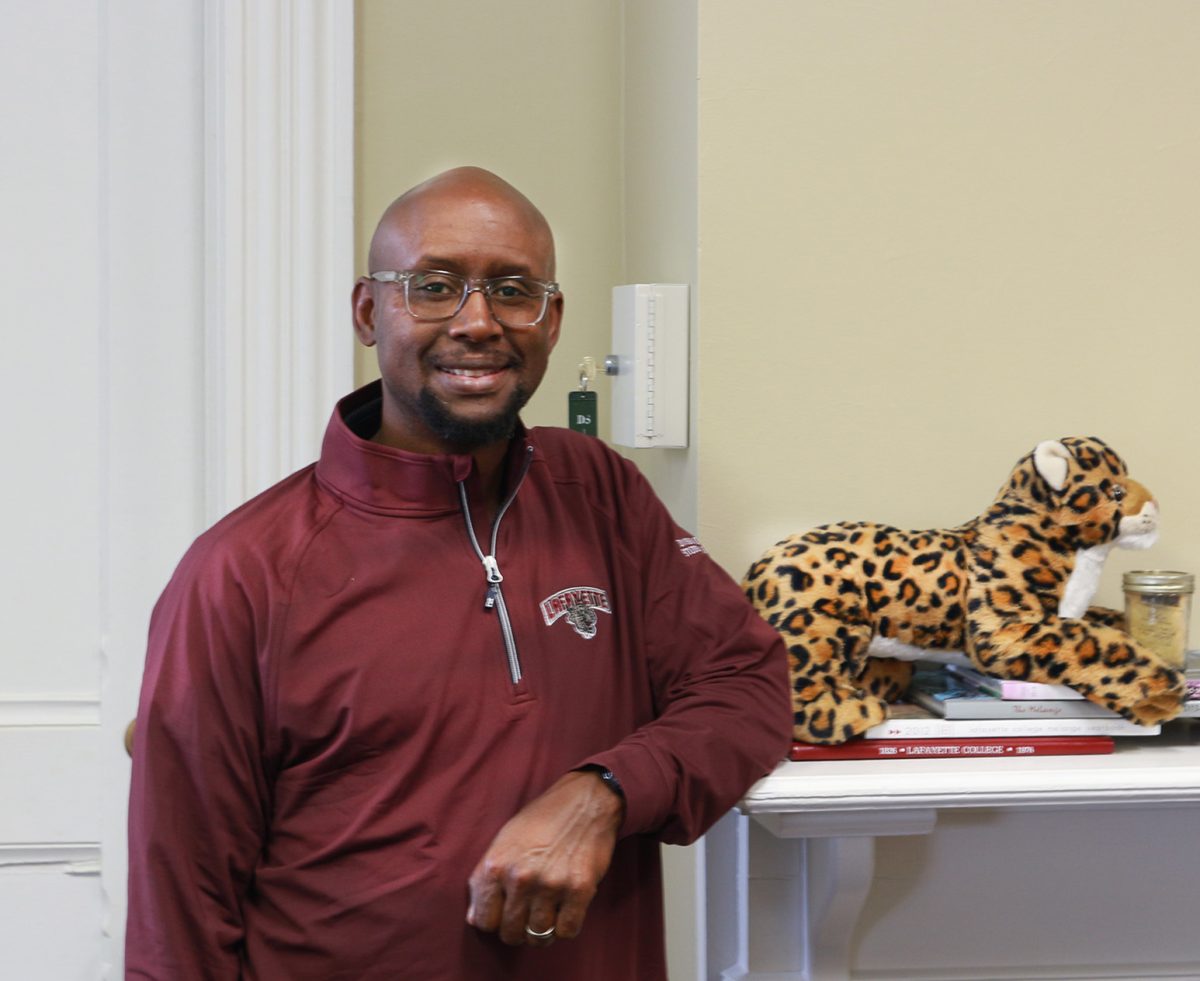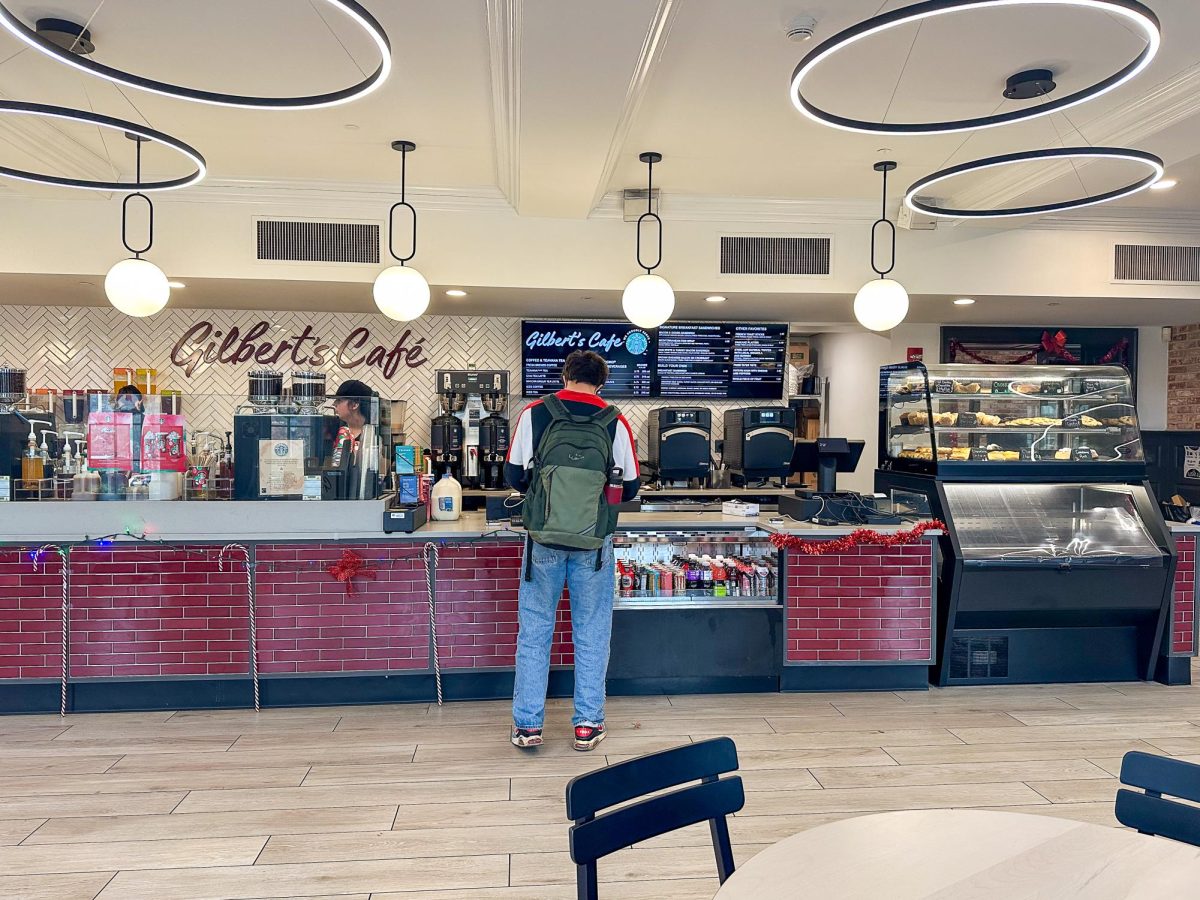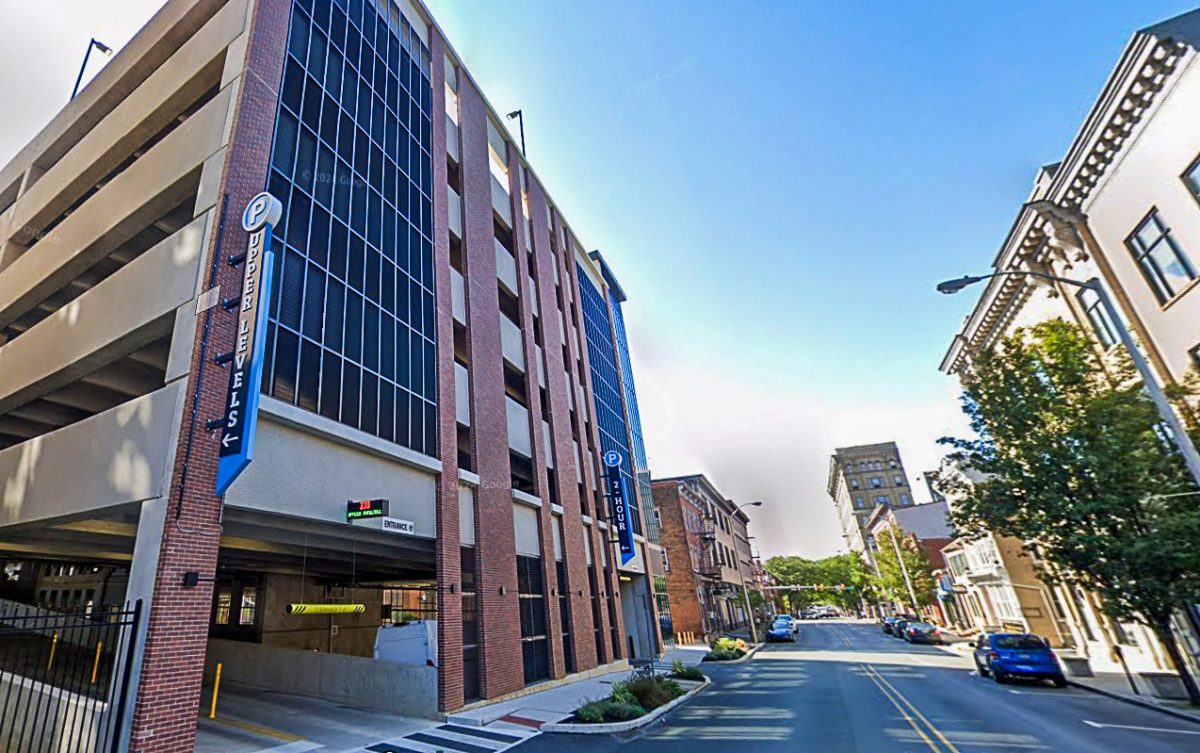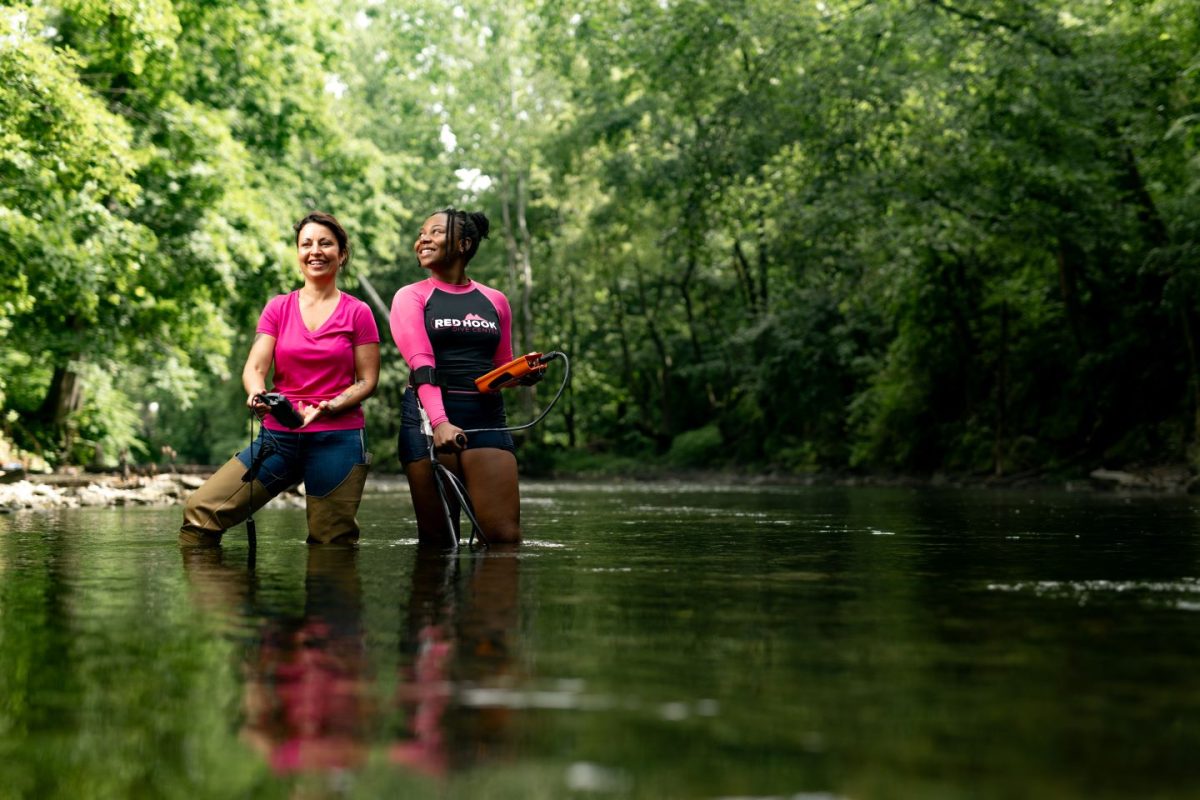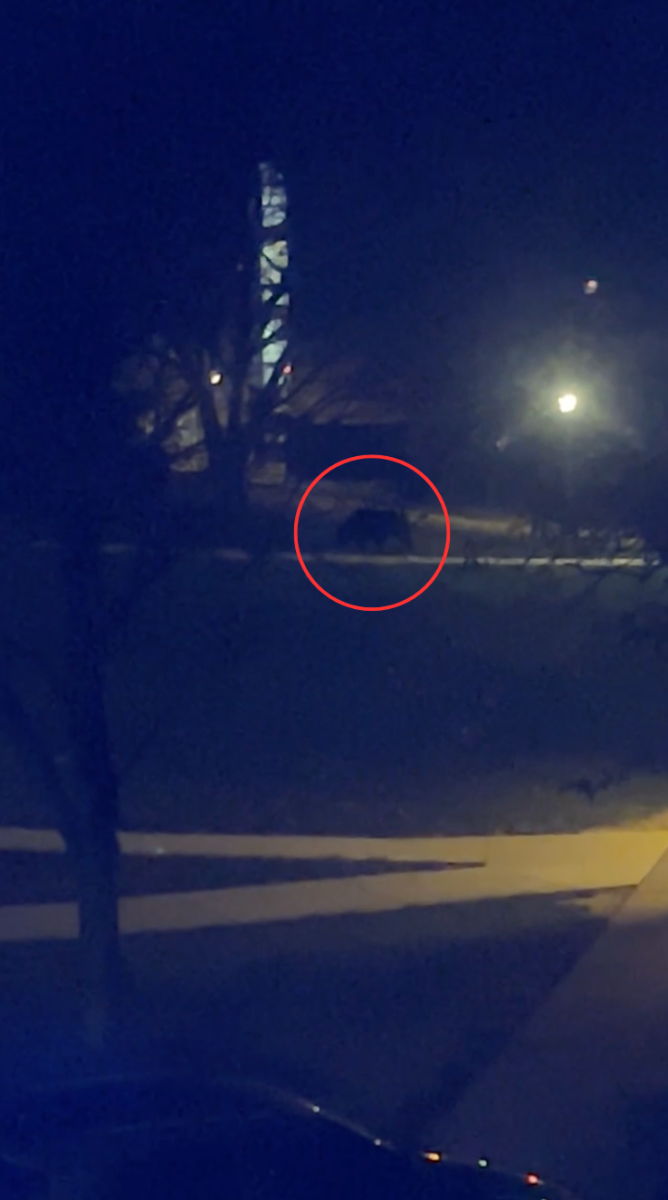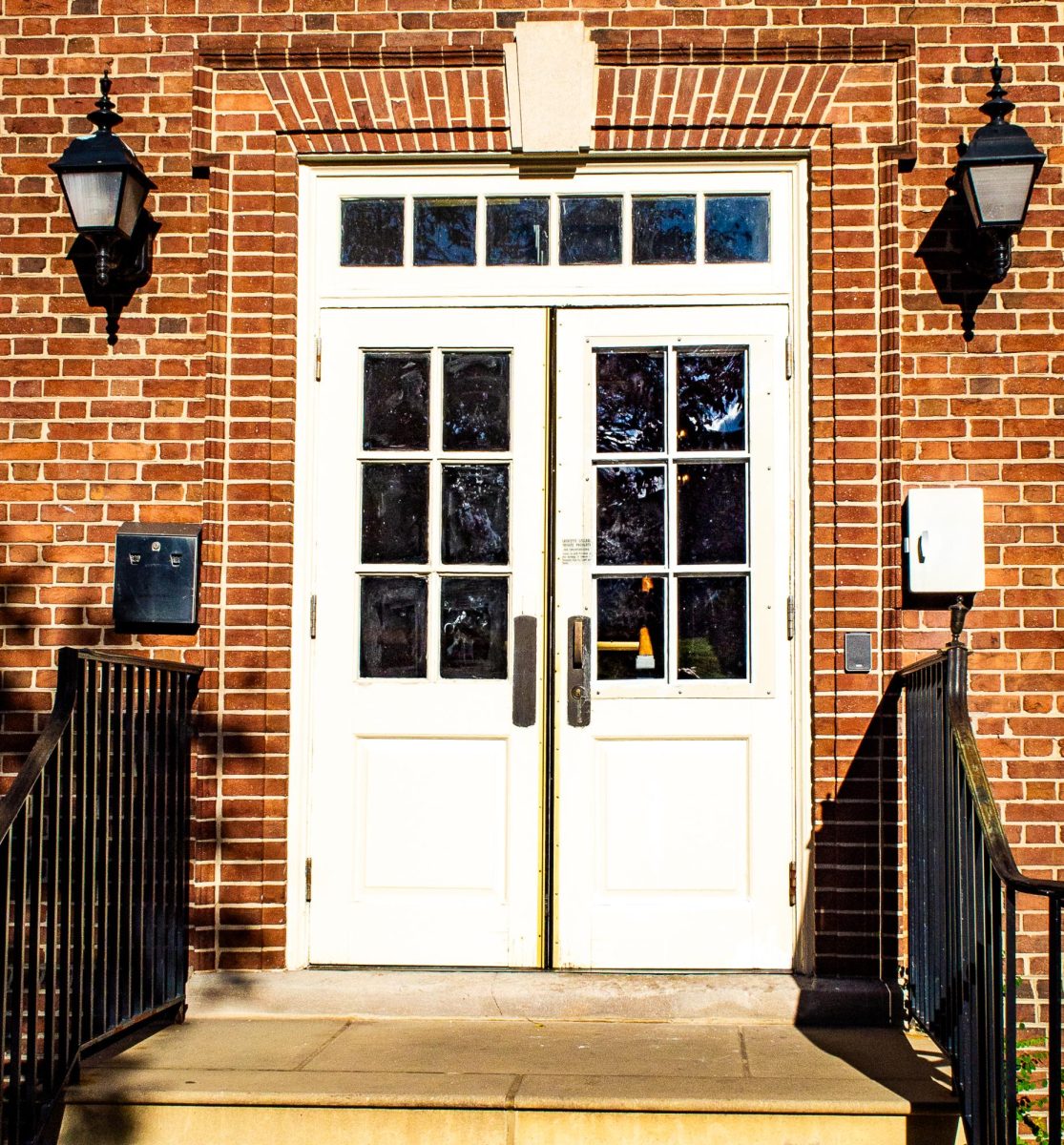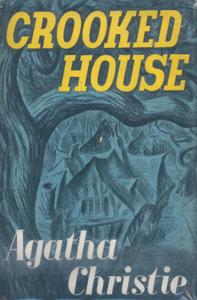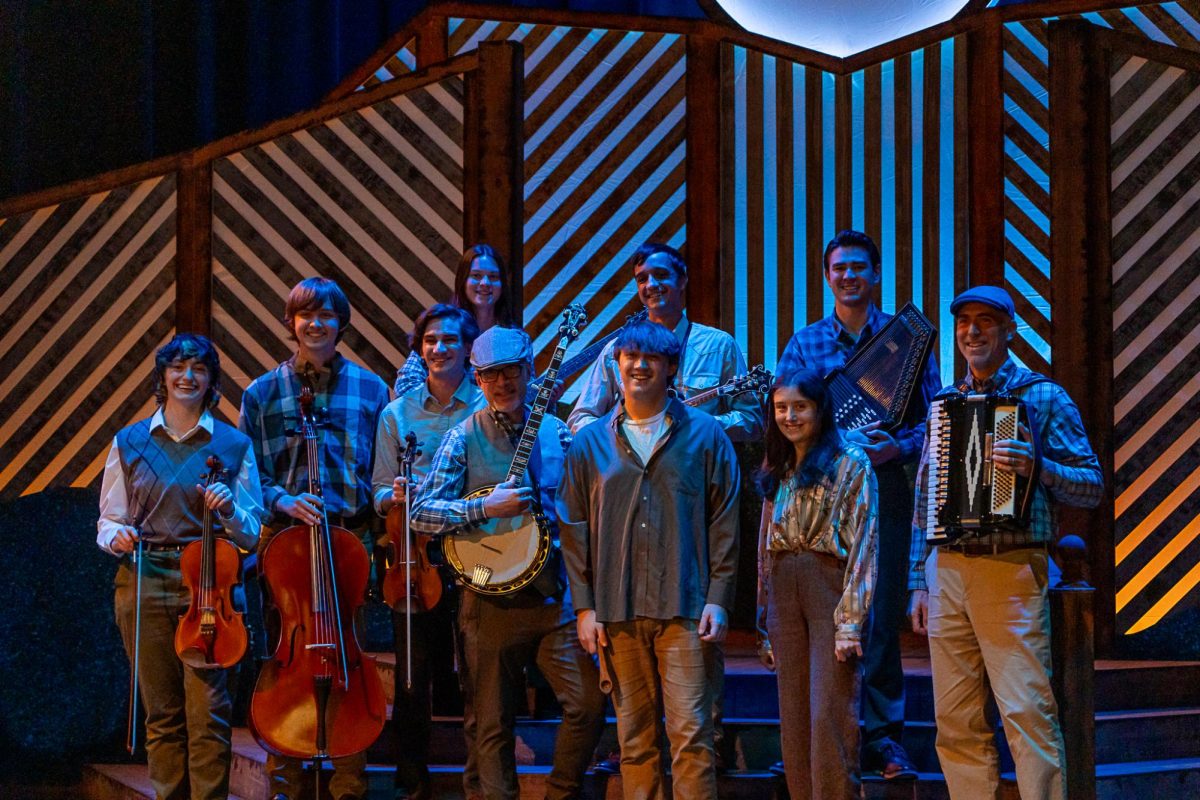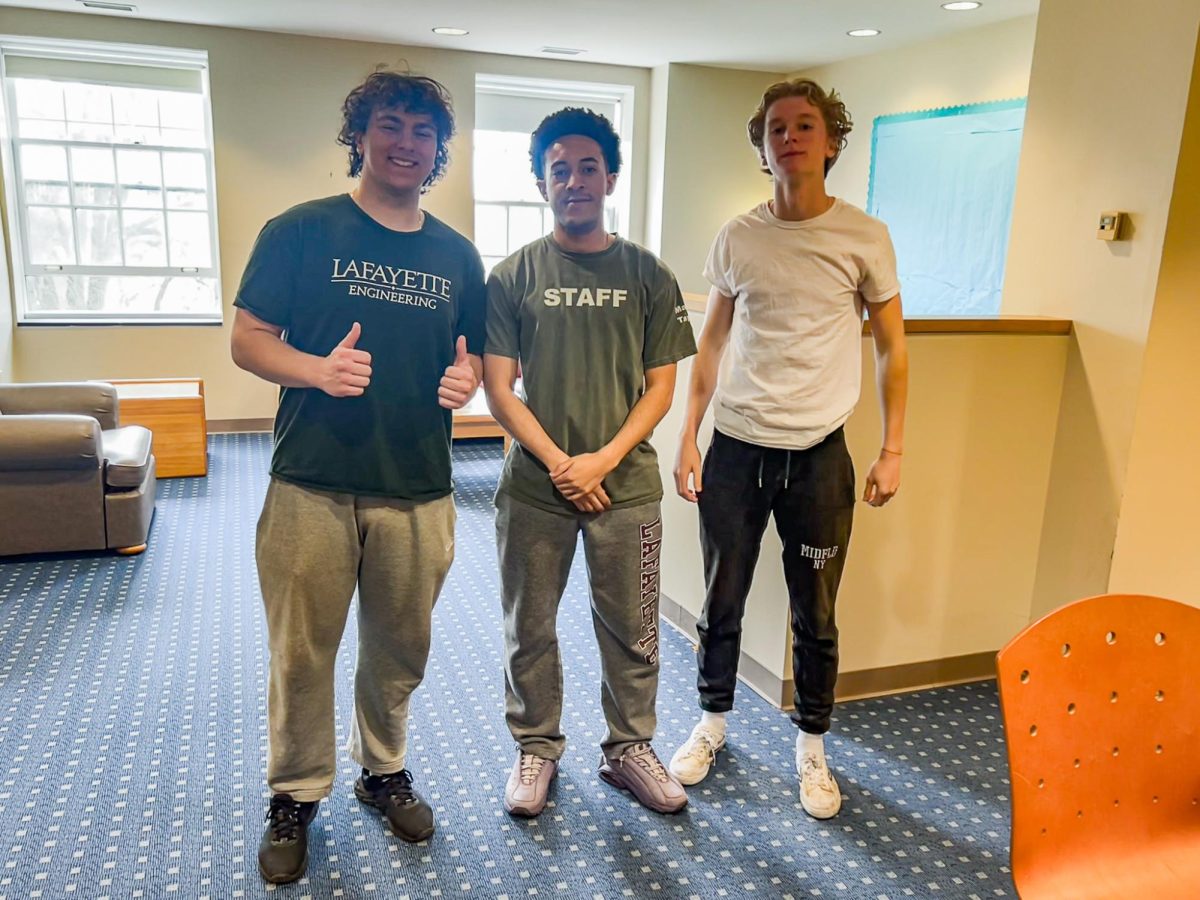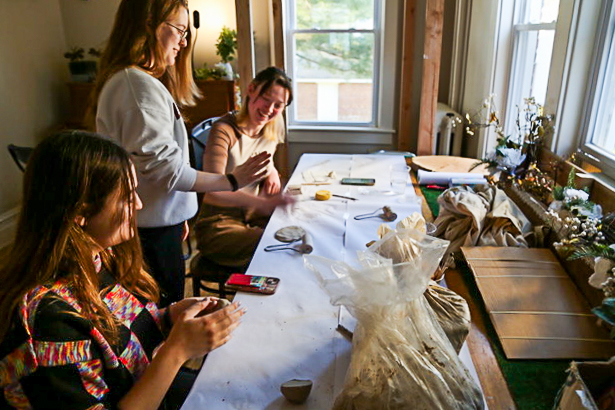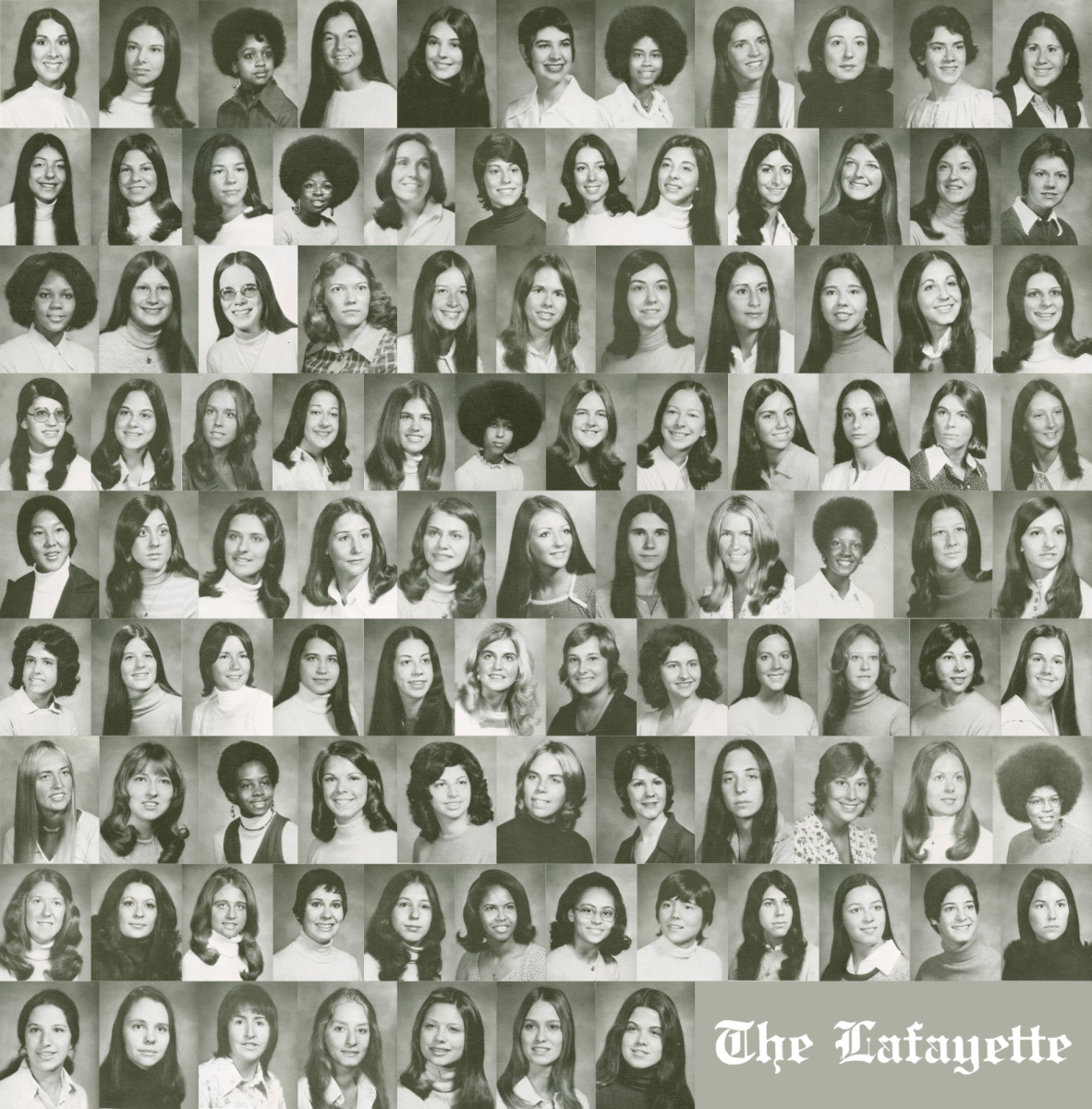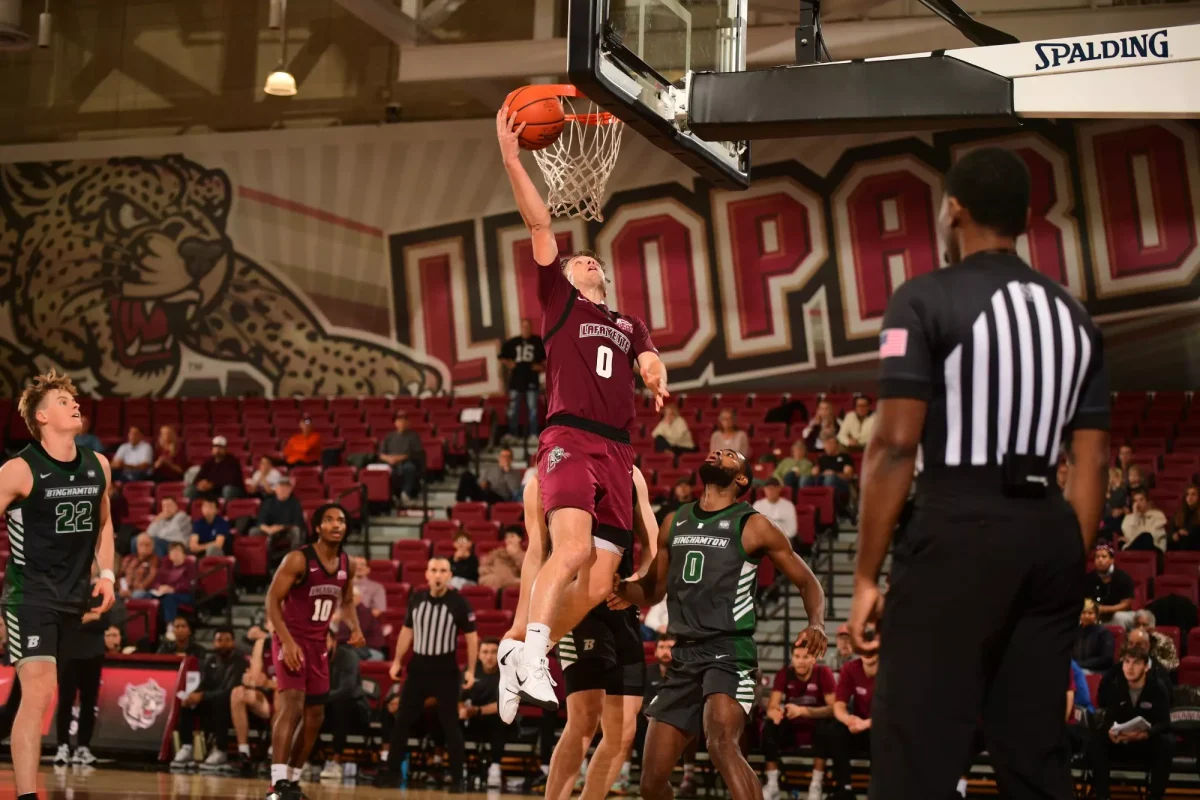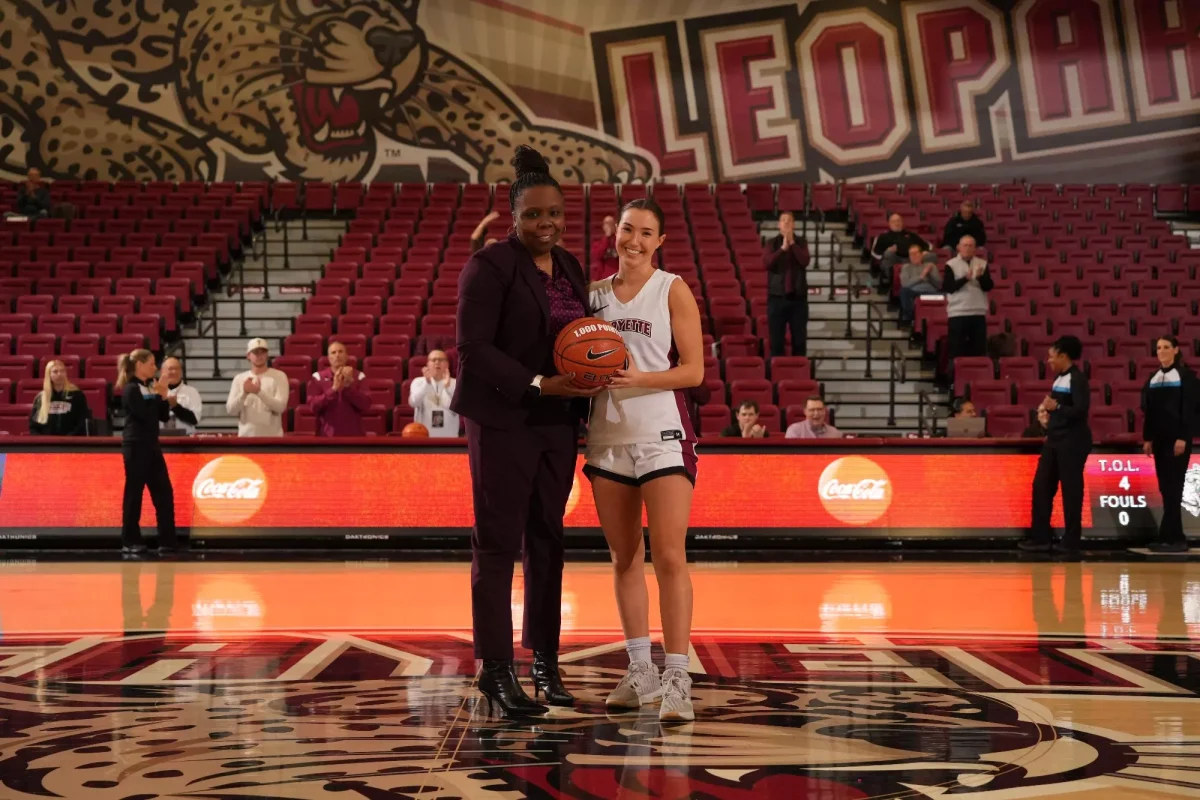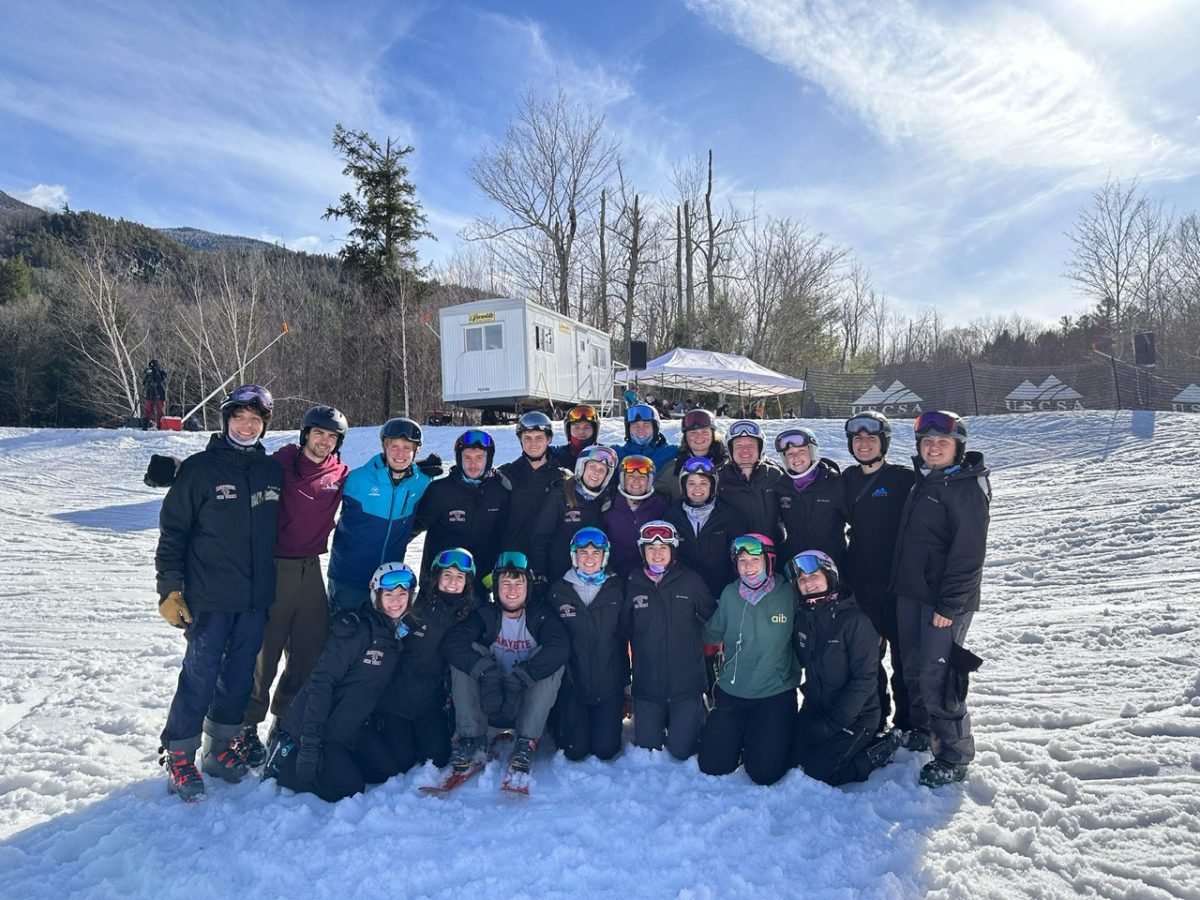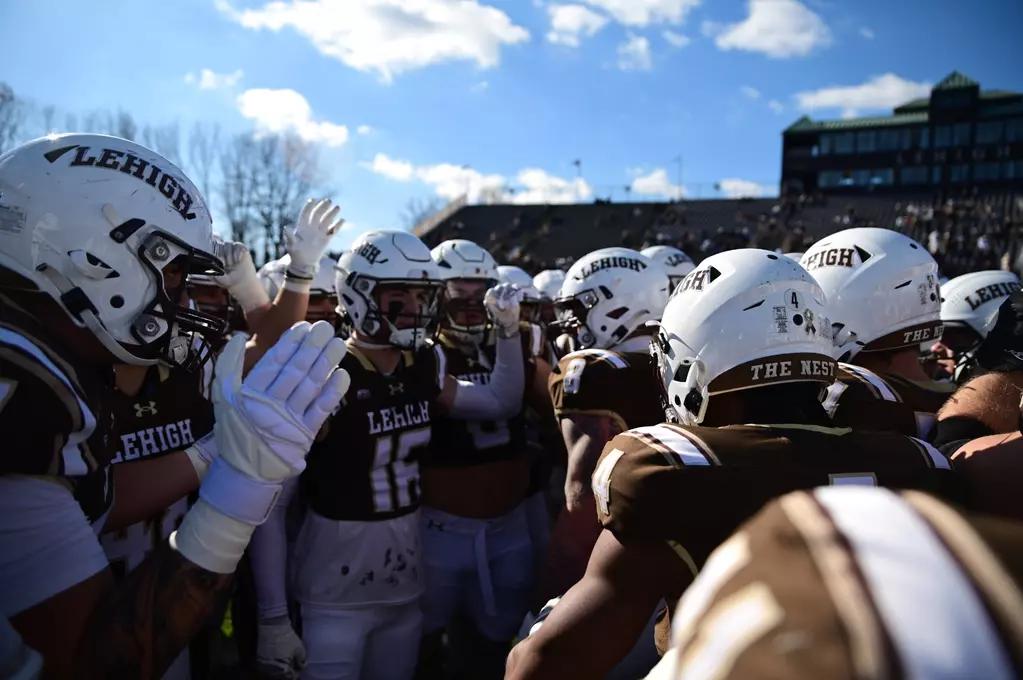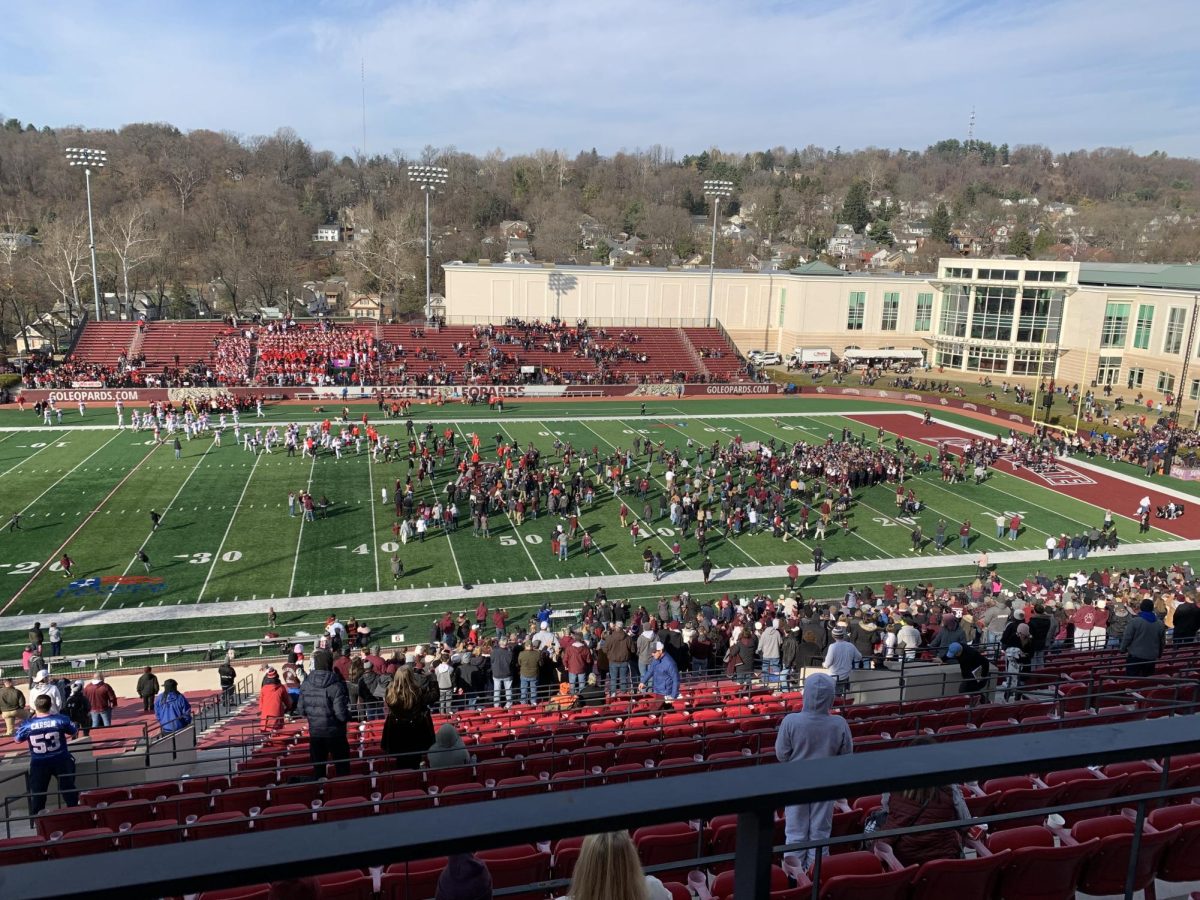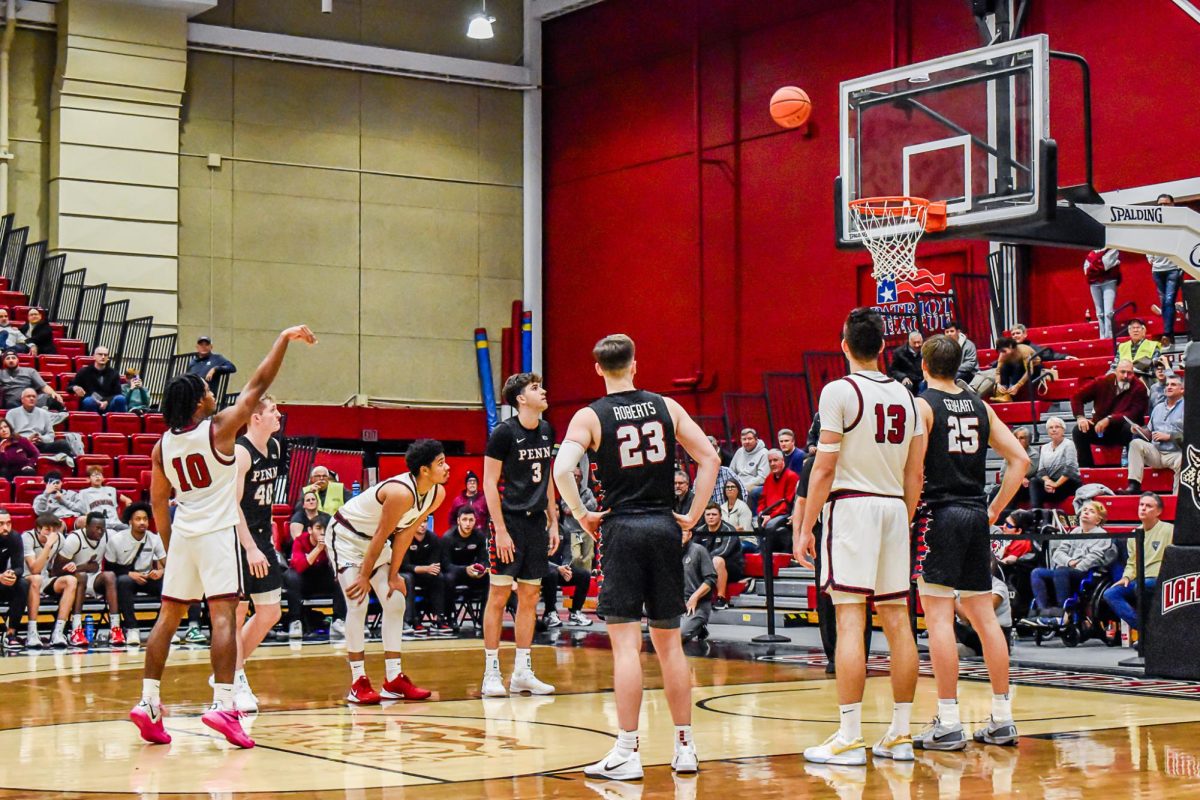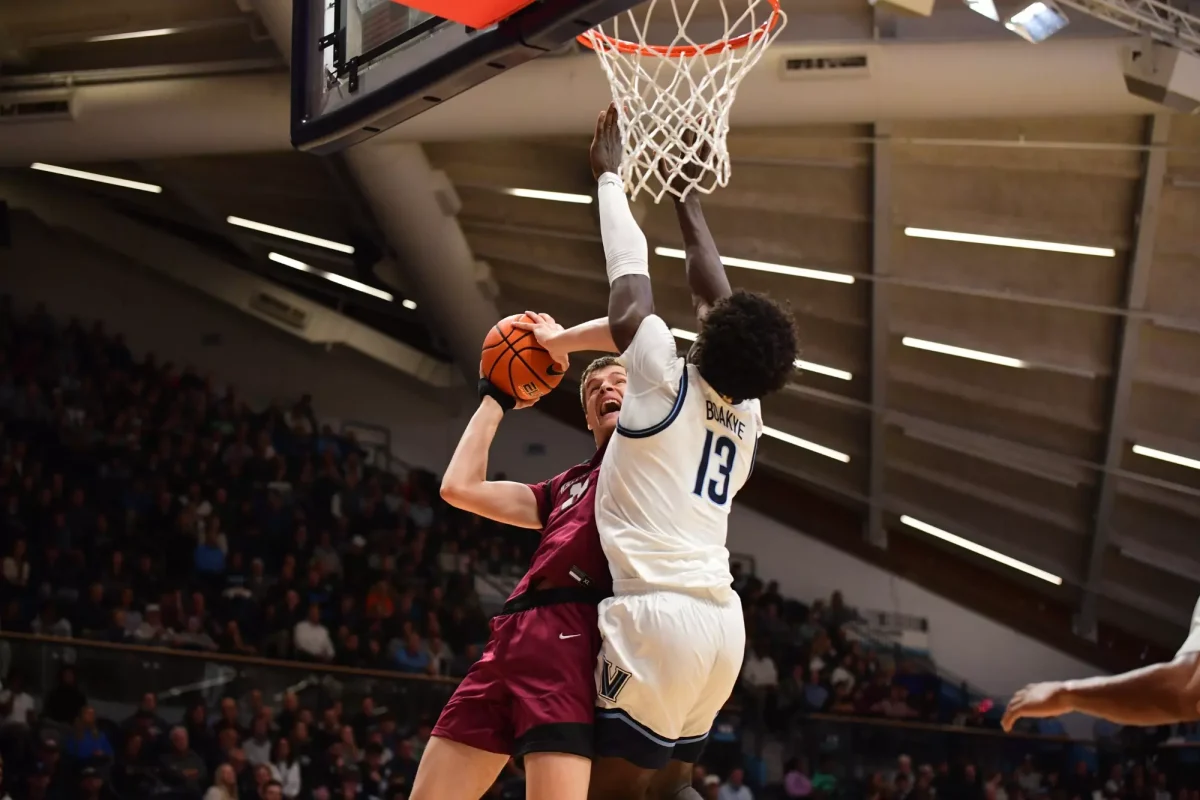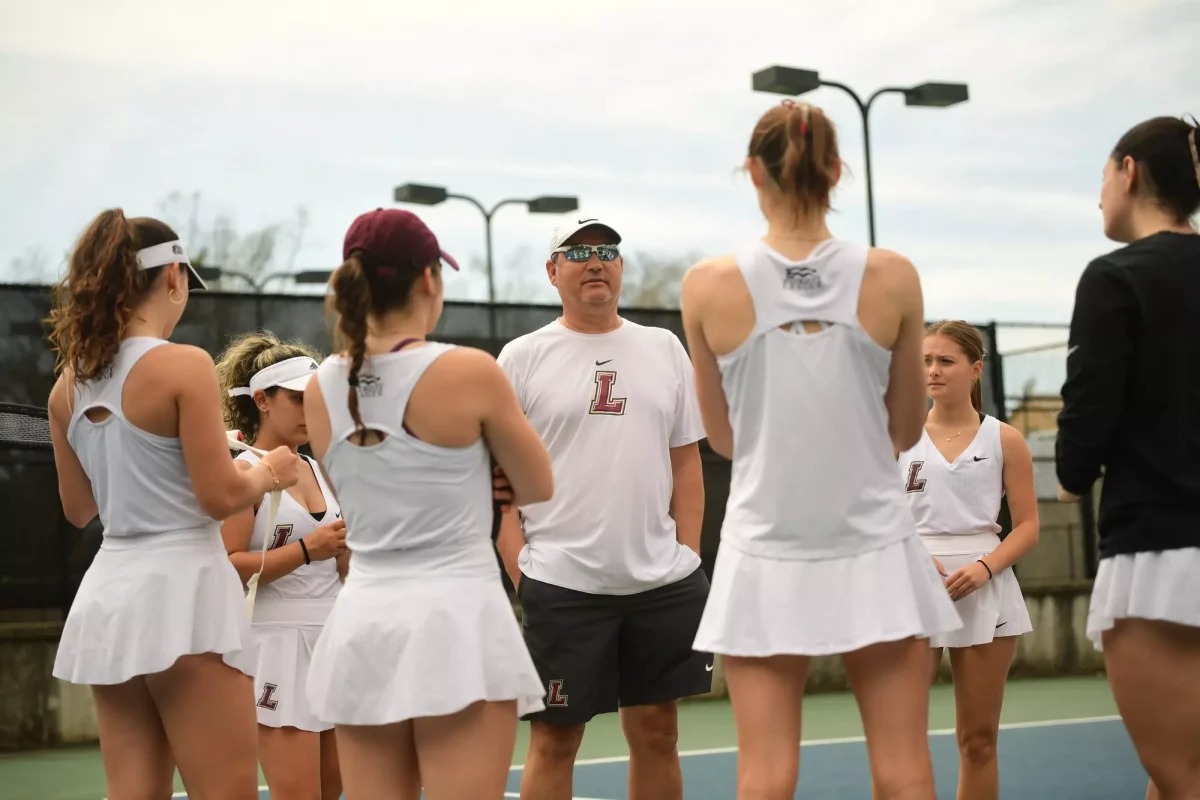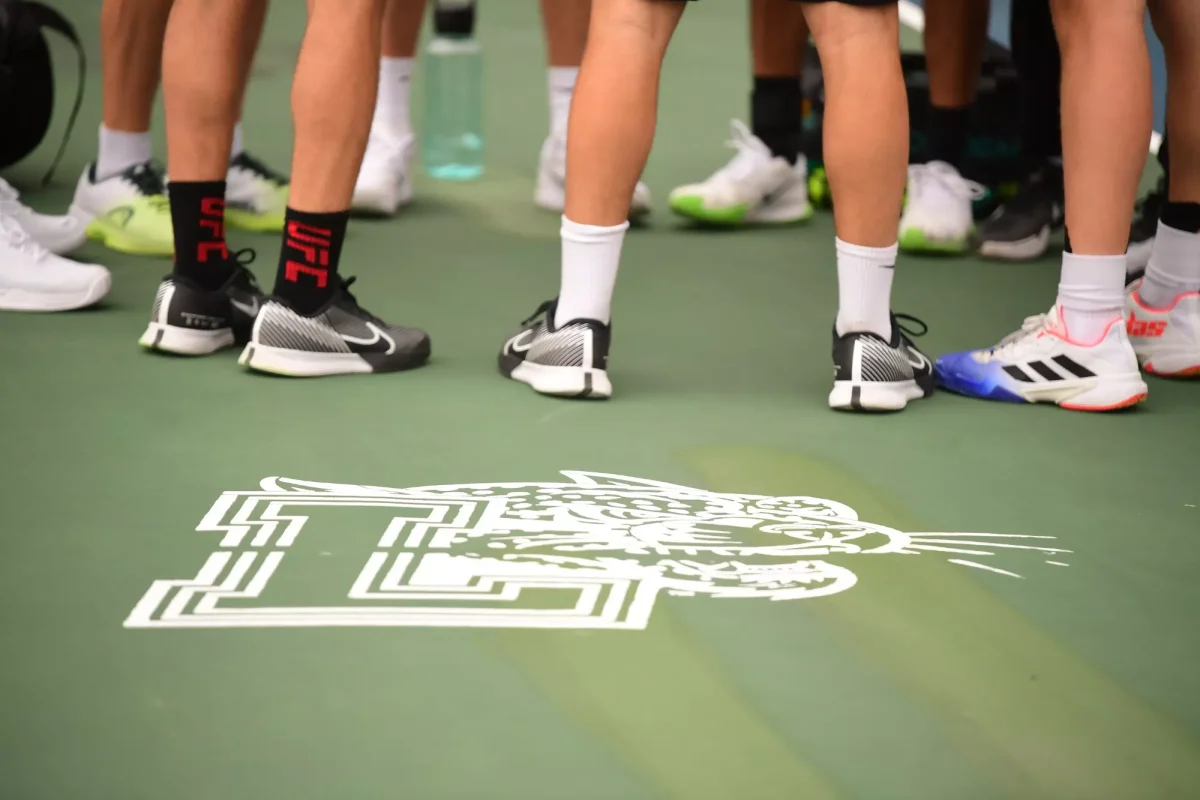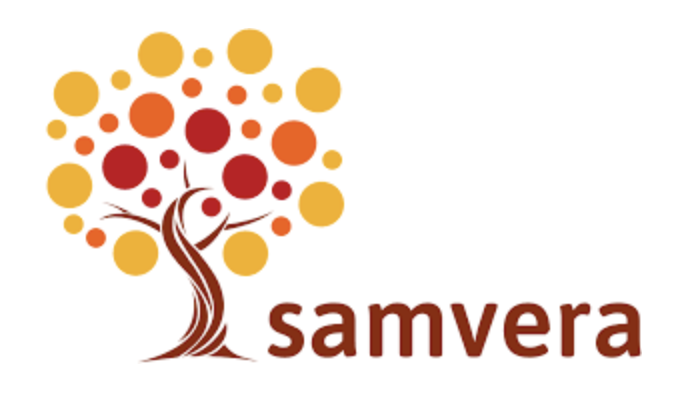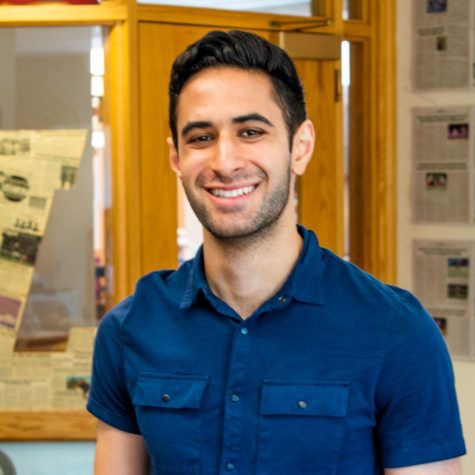Under the leadership of digital initiatives developer Adam Malantonio, digital repository librarian Nora Egloff and director of digital scholarship services Charlotte Nunes, the college’s Digital Scholarship Services (DSS) recently opened their fourth updated digital repository.
This updated version of the archive increases accessibility to thousands of resources for all members of the Lafayette community as well as a more diverse collection that continues to grow each day.
One technical change to the platform is the integration of Samvera, a software tool that houses a “durable repository layer for persisting and managing digital objects,” according to its website.
Malantonio explained that Lafayette is the first liberal arts college to use Samvera.
“[Samvera] allows for a nicer interface, fixes to online searches, and access to scholarly publications…the software gives the college access to a community of developers to make things more streamlined,” Malantonio said.
Since its inception in 2009, the college’s repository has given students access to and preserved nearly 20,000 digital objects—and it is growing. Notable collections include The Lafayette newspaper archive, the alumni magazine series, publications by faculty members and the Marquis de Lafayette Prints Collection.
While this service has already been used to maintain the work of students and professors, recent additions are part of a push to expand the range of online materials.
Specifically, the updated website has also allowed for greater levels of accessibility to the recently added East Asia Image Collection (EAIC) to the virtual sector. The EAIC features nearly 7,000 images that have been built on visual materials donated to Skillman Library Special Collections by the family of Gerald and Rella Warner. Its additions document Japan’s imperial (1868-1945) and occupied (1947-52) eras as well as images from similar time frames in countries like Taiwan, China, Korea, Manchuria and Indonesia.
Every student and faculty member now has easier access to thousands of primary sources that maintain Lafayette’s history and identity. Additionally, exclusive pieces that other platforms cannot provide can now be more easily used for historical projects, visual presentations and other research-based assignments.
“I’m especially excited about the prospect of integrating Lafayette’s digital special collections with the Digital Public Library of America,” Nunes said. “I’m also especially excited that the new repository enables visitors to access items in a variety of formats from low-resolution images suitable for research and teaching, to high-resolution versions suitable for books and other publications.”

